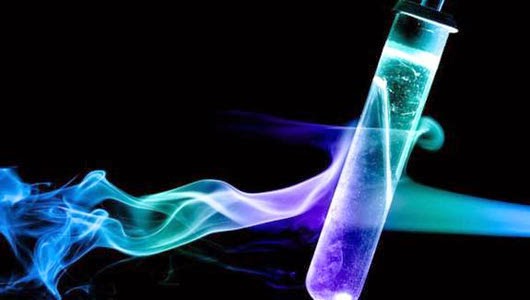Putt-Putt Boat Follow Up Report
Goal
To demonstrate your understanding of the Science behind the Putt-Putt Boat.
To begin, please read through the information provided in the following link:
You may also want to review the second video in the Putt-Putt Boat Playlist (follow the link below).
Watch the portion from 1:44 – 2:52. This information will help you understand the Science behind how the engine works.
Please answer the following questions in your report.
1. Draw a “cross-section” diagram of your engine. A cross-section is a diagram that shows what something looks like on the inside; it looks like it has been cut in half. An example of a cross-section diagram is seen below.
Label AND EXPLAIN the following on your cross-section diagram.
a) All changes of state that may be occurring
b) At least 3 energy transformations that may be occurring
c) What thermal energy transfers are taking place (conduction, convection, radiation)
2. Answer the following question in a full paragraph and in as much detail as possible.
In your own words, explain how the Putt-Putt Boat engine works.
Your answer should be no less than half of a page and no more than one full page typed. Remember to review the information on the link!
3. Personal Response
In this section, please provide a personal response to the following question about your experience building the Putt-Putt Boat.
What was your greatest challenge when working on this project and how did you overcome this challenge?
Consider the following topics for discussion; you do not have to write about these topics - write about whatever you feel was YOUR greatest challenge.
- Technical problems you encountered and how you solved them
- How well your group worked with each other and how you distrubuted the work
Due Date: Friday May 10th, 2013
Success criteria will follow.
